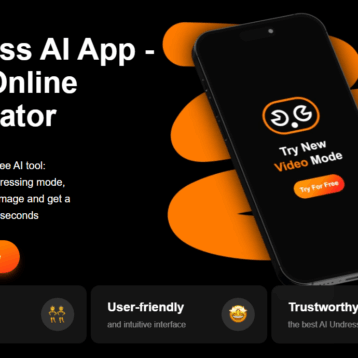|
The Light-Weight User Interface Toolkit, or LWUIT for short, uses Sun’s open-source tools to create an interface, compatible with any Java-enabled mobile device, regardless the operating system on which it runs. According to the company, the product is aimed primarily at cellular providers, who can use LWUIT to develop their own signature interface designs for their mobile appliances. “By creating LWUIT, Sun is reaffirming its commitment to the mobile development community and by open sourcing the LWUIT code we are enabling mobile developers to quickly and easily create rich, portable interfaces for their applications,” said Craig Gering, Sun’s senior director of embedded Java software. “This software will also help address the mobile industry’s fragmentation issue by enabling developers to create a single interface that will work anywhere Java is found.”
The LWUIT project was initiated by Chen Fishbein and Shai Almog, both developers at Sun’s Israeli office – the two pitched the idea to Scott McNealy, the chairman of Sun Microsystems. The new interface was specifically designed to ease mobile application development for Java ME programmers, who are now able to write uniform code for mobile devices, without having to worry about OS-specific adjustments which often are challenging and require significant implementation differences in fonts, layouts, and menus. LWUIT, whose PC-based or remote (OTA) installation takes a few seconds, was demonstrated by Sun on a number of devices, including Nokia’s N95 and Sony’s Ericsson W980. Once installed, the interface automatically recognized the model on which it ran and adjusted itself to its operating system, while matching the appropriate display size.
|
The interface supports a wide range of visual effects such as screen transitions, including the already familiar circular turnarounds and cubical flips. Its current version also allows users to install various add-ons such as theme-oriented kits, animations, and 3D objects. The layout manager includes a vast collection of layouts, menus, tabs, buttons, checkboxes, and dropdown lists. A special resource editor allows graphic designers to manually design backgrounds, color themes, fonts, and other on-screen objects.
According to Sun, the new product also benefits the consumer market, allowing individuals to focus on the technical features of their mobile devices, rather than purchasing products based on familiar interface designs. The company aims to embed a unified interface into as many mobile appliances as possible, regardless of the device manufacturer. Some, however, have raised concerns about the attractiveness of the product, saying it is unlikely that mobile suppliers would be keen to adopt an interface identical to their competitors’.
In response to the criticism, Sun experts say LWUIT provides one-of-a-kind service, which crosses all operating systems, including Windows Mobile, Symbian, and Google’s Android – this, they say, may give way to a whole mobile “market revolution,” bringing manufacturers to developing brand-specific interfaces using LWUIT. The interface has already hit the U.S. market and can be found on the “Sprint Instinct” mobile device by Samsung.
TFOT has previously written on a number of innovative mobile devices and technologies, such as HTC’s latest mobile handset and the HTC Touch HD. You will also find interesting a new “close proximity wireless transfer” technology for rapid data transfer between devices, called TransferJet, which automatically initiates the transfer of files such as high resolution videos, music, and images, between devices as they touch.
You can download the LWUIT toolkit and watch a video demonstration of the interface here.












